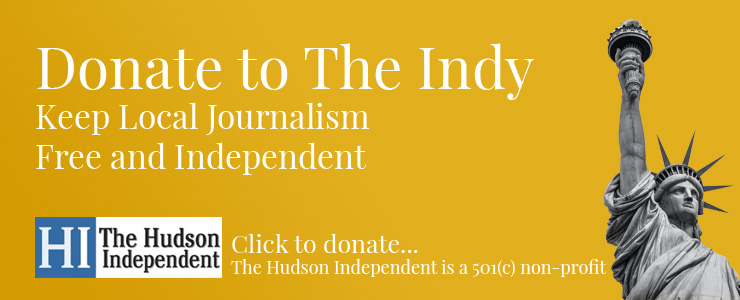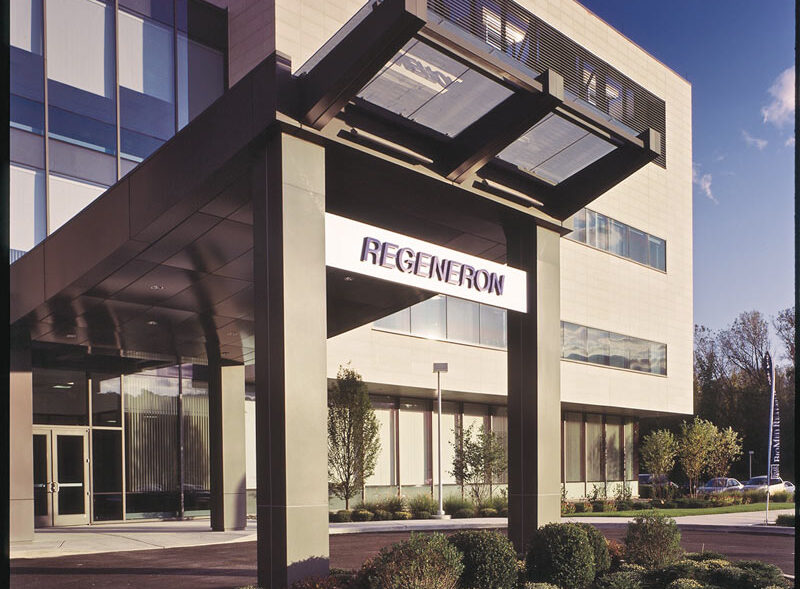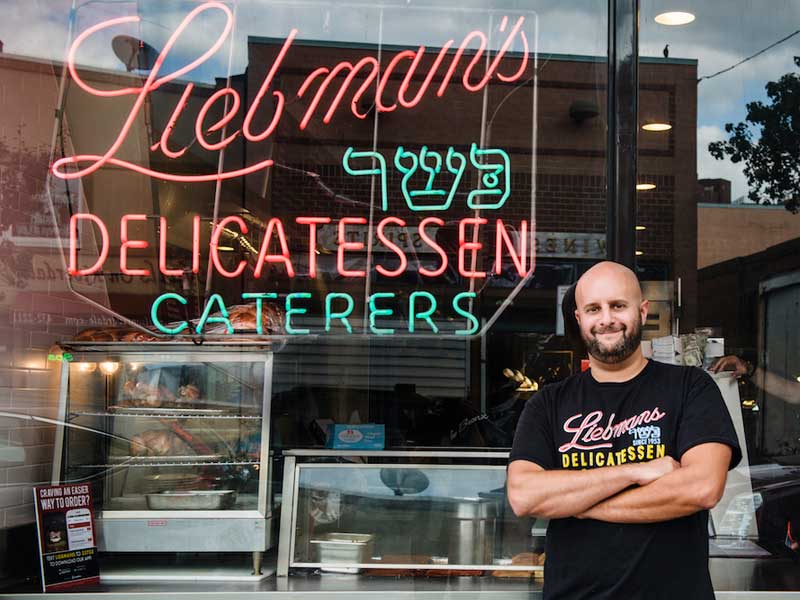
By Alexander Roberts–
Timing is everything.
For most of 2022, Westchester Power, a program of the non-profit consortium Sustainable Westchester, provided low fixed rate electricity to 29 local governments and 40% of residents. They were able to do so because of their aggregated buying power. Environmentally conscious customers could also feel good because the power source is renewable energy such as hydro-power and wind. While all Con Edison consumers must pay a delivery fee per kilowatt-hour to the utility, they are encouraged to choose as their supplier an Energy Services Company, or ESCO.
A Good Deal Unravels
To be sure, Westchester Power customers had reason to feel good for most of the year, since they were paying a fixed rate of 7.48 cents per kilowatt-hour (kWh), compared to Con Edison’s fluctuating standard supply rate that averaged about 10.52 cents—41% higher, according to data submitted to The Hudson Independent by Con Ed. Con Ed’s supply also comes primarily from fossil fuels.
Unfortunately, these same customers received a rude awakening when they got their November 2022 bills. That was when a new rate negotiated by Westchester Power kicked in: 15.218 cents per kilowatt hour, locked in until October 2024—more than double the previous supply charge. That change is sending hundreds of Westchester customers back to Con Ed, whose fluctuating supply cost has remained far lower. Con Ed’s rate for December 2022, for example, was 9.53 cents.
A hypothetical Con Ed customer using 500 kWh for the month would have paid $47.65. Had that same customer used Westchester Power, he would have forked over $76.40—fully 60% more.
Besieged with complaints from residents, Greenburgh Town Supervisor Paul Feiner recently began publicizing the rate differential each month on the town’s website. While the price gap for the latest billing period—January 4 through February 3—declined, the standard Con Ed supply charge was 12.03 cents, which meant the ESCO rate of 15.28 cents was still 27% higher.
In defense of the new rate, Dan Welsh, program director for Westchester Power, points out that it was negotiated at a time of great uncertainty in the energy markets due to the war in Ukraine and boycotts of Russian fuels. Moreover, he notes, it is still possible for Con Ed’s fluctuating rates to exceed his ESCO’s current fixed price in the future.
While utilities operating in the state are required to publish rates and rate changes on customers’ bills, they are not obvious. Greenburgh Supervisor Feiner feels strongly that everyone using Westchester Power should be informed that the cost of their electricity has doubled and that they have the option to switch providers. In a letter to Welsh released on March 8th, Feiner asks, “Would Sustainable [Westchester] be willing to pay for a postcard that would highlight the recent rates and remind everyone that they could opt out?”
Feiner also observes that many seniors and other residents on fixed incomes “don’t read the town website and really can’t afford the higher rates.” Because of long phone delays for consumers trying to contact Westchester Power (this reporter was put on a two-hour hold), Feiner has offered to help people opt out if they choose by emailing him at pfeiner@greenburghny.com. The Supervisor has also invited Westchester Power’s Welsh to meet with the Greenburgh Town Board at the Tuesday, March 14th work session. Welsh has agreed. The meeting is scheduled for 5:00 p.m.
Westchester Power (Constellation New Energy) is not the only ESCO option available. New York State’s official website for comparing ESCOs, “NYS Power to Choose” (https://documents.dps.ny.gov/PTC/home) shows 62 available ESCO offers for Greenburgh zip codes, though only 12 offer fixed price contracts to deliver 100% renewable energy to residents within zip code 10591. Their pricing ranges from a low of 11.49 cents per kWh to a high of 19.9 cents. Half were priced higher than Westchester Power’s 15.28 cents rate and half lower. In contrast, companies providing non-renewable power had fixed rate offers ranging from 10.43 cents to 13.9 cents, or roughly 25% less cost than renewable power.
Comparing Your Supply Rate to Con Ed’s
To compare your rate with what Con Ed charges, log onto your account on Con Ed’s website and go to “Account and Billing.”
From there, select the sub-heading, “Bill History & Assistance,” which lists all of your bills by month. At the top of page two of each bill, you will see “Your Supply Charges,” detailing what you paid per kWh.
If you are a Westchester Power customer, you can compare your rate with what you would have paid with Con Ed’s supply charge since November by skipping the above step and going to “Account and Billing,” and the subcategory “Manage My Account.” There, you may access Con Ed’s monthly rates by scrolling down to “Your Market Rates,” and clicking on “Rate Calculator.” Click on the “Calculate” button to access month by month.
For the latest billing period (January through February), you will get something that looks like the graphic below, which you may compare to the 15.28 cents charged by Westchester Power. The chart includes customers paying for electricity based upon a “voluntary” plan charging more for peak hours, and less for off-peak.

Con Edison Market Supply Charge for a Tarrytown consumer January 4-February 3, 2023 from Con Edison website
Read or leave a comment on this story... Print
Print


























3 thoughts on “Westchester Power’s Doubled Electricity Charge Burns Consumers”
Sorry, comments are closed.